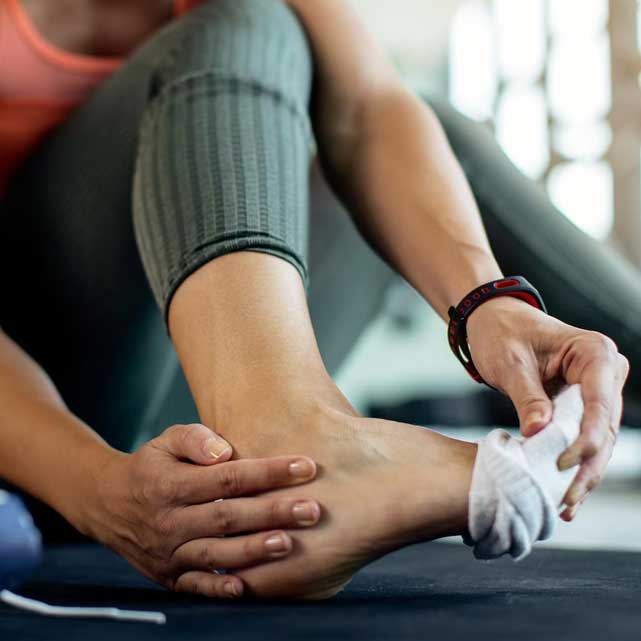Sever’s disease
Sever’s disease, also known as calcaneal apophysitis, is a common condition that affects young athletes.
 It occurs when there is inflammation in the growth plate of the heel bone, which is not fully developed in children and adolescents.
It occurs when there is inflammation in the growth plate of the heel bone, which is not fully developed in children and adolescents.
The condition is usually caused by repetitive stress on the heel bone from activities such as running, jumping, or other sports that involve a lot of impact on the feet. It is more common in boys than girls and typically affects children between the ages of 8 and 15.
Symptoms of Sever’s disease include pain and tenderness in the heel area, especially during or after physical activity. The pain may also be present in the morning or after prolonged periods of sitting or lying down.
As a podiatrist, Franc can treat Sever’s disease by recommending a combination of rest, ice, compression, and elevation (RICE) to reduce inflammation and pain.We may also suggest modifying the child’s activities to reduce the stress on the heel bone, such as switching to low-impact exercises or using heel pads to cushion the foot.
In some cases, we may recommend stretching exercises to improve flexibility in the calf muscles and reduce the strain on the heel bone. Shoe inserts or orthotics may also be prescribed to provide additional support and cushioning for the foot.
In severe cases, Franc may recommend immobilization of the foot with a cast or brace to allow the heel bone to heal. However, this is usually only necessary in rare cases where the condition does not improve with other treatments.

